Are you navigating the complexities of leadership in today's dynamic world?
Want to foster a diverse, gender-balanced, and inclusive workplace for innovation, attractiveness, resilience, and effectiveness?
We can help you!
Together
We Lead Change
Want to foster a diverse, gender-balanced, and inclusive workplace for innovation, attractiveness, resilience, and effectiveness?
We can help you!
Together
We Lead Change
Why Choose Redscope?
Top Expertise
Get valuable insights and tools for overcoming organizational challenges and fostering leadership, gender equality, and inclusion.
Tailored Solutions
Our programs are meticulously crafted to address your unique needs, ensuring a personalised journey towards success.
Real Impact
Redscope has been a catalyst for positive organisational change in leading organizations for nearly 20 years.
Unique excellence
We have been pioneers working in the fields of Inclusive Leadership, Women in Leadership, Intersectional Diversity & Inclusion, and Intergenerational workplaces.
Our values & Mission
We believe that each leader, formal or informal, can be a powerful force to creating positive change: for the organisation, the teams, and society.
Effective Services
Inspire, train and coach to improve collaboration, skills, motivation, unlock leadership potential, and facilitate strategic conversations for organizational growth.
Her extensive knowledge and contagious enthusiasm for making a meaningful difference in these fields are both, truly inspirational and transformative."

You are not alone. Join the journey!
Explore our services and discover how we can strengthen your leadership, empower your teams, and help you build an organization ready to conquer the challenges of today and tomorrow.
Trusted By
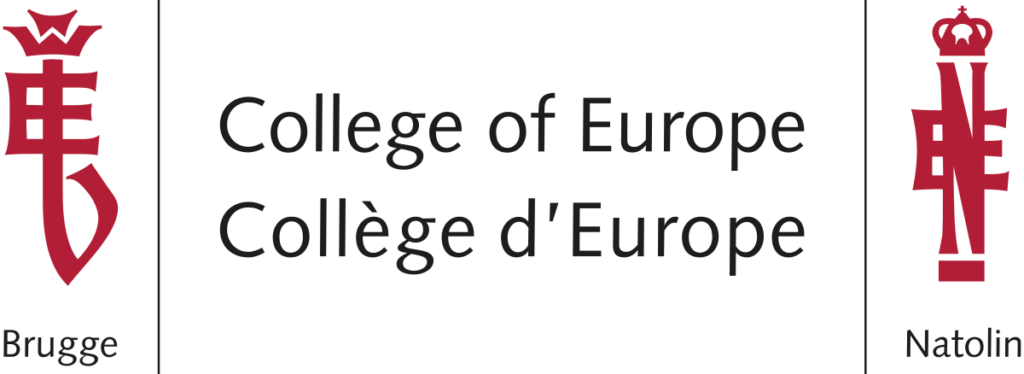
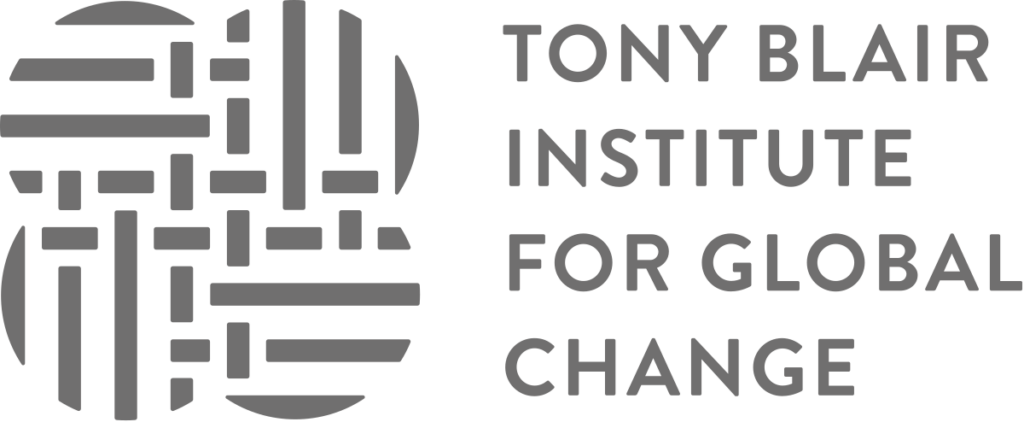










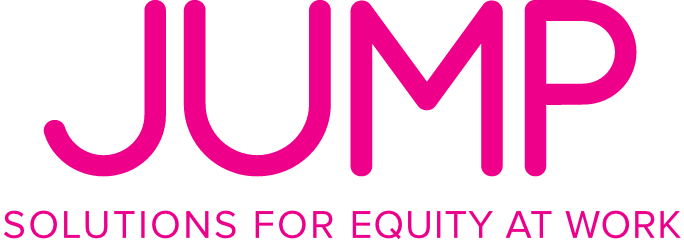





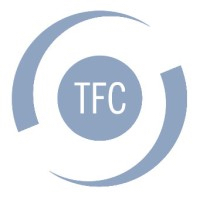


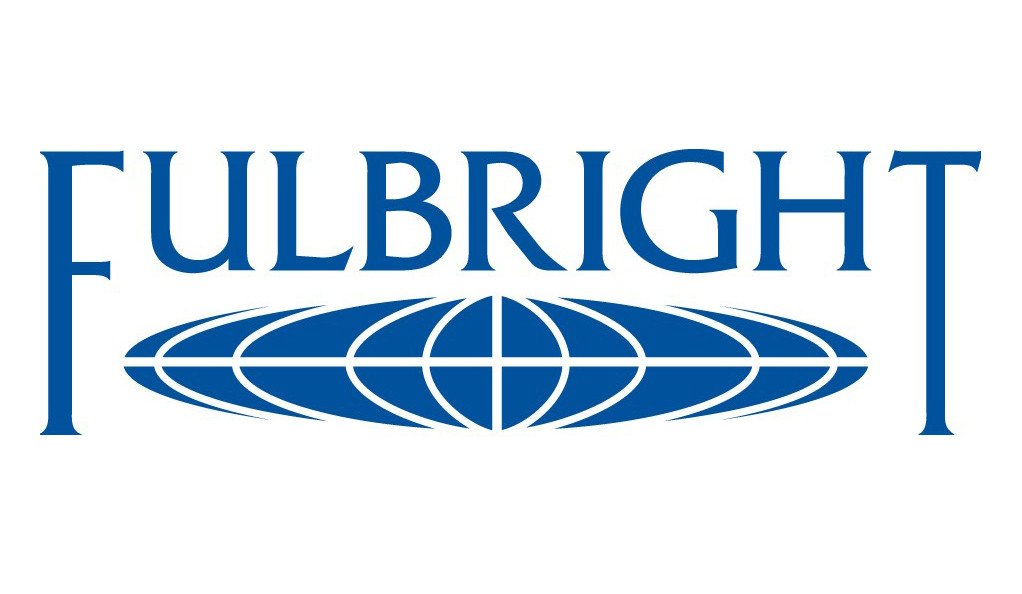

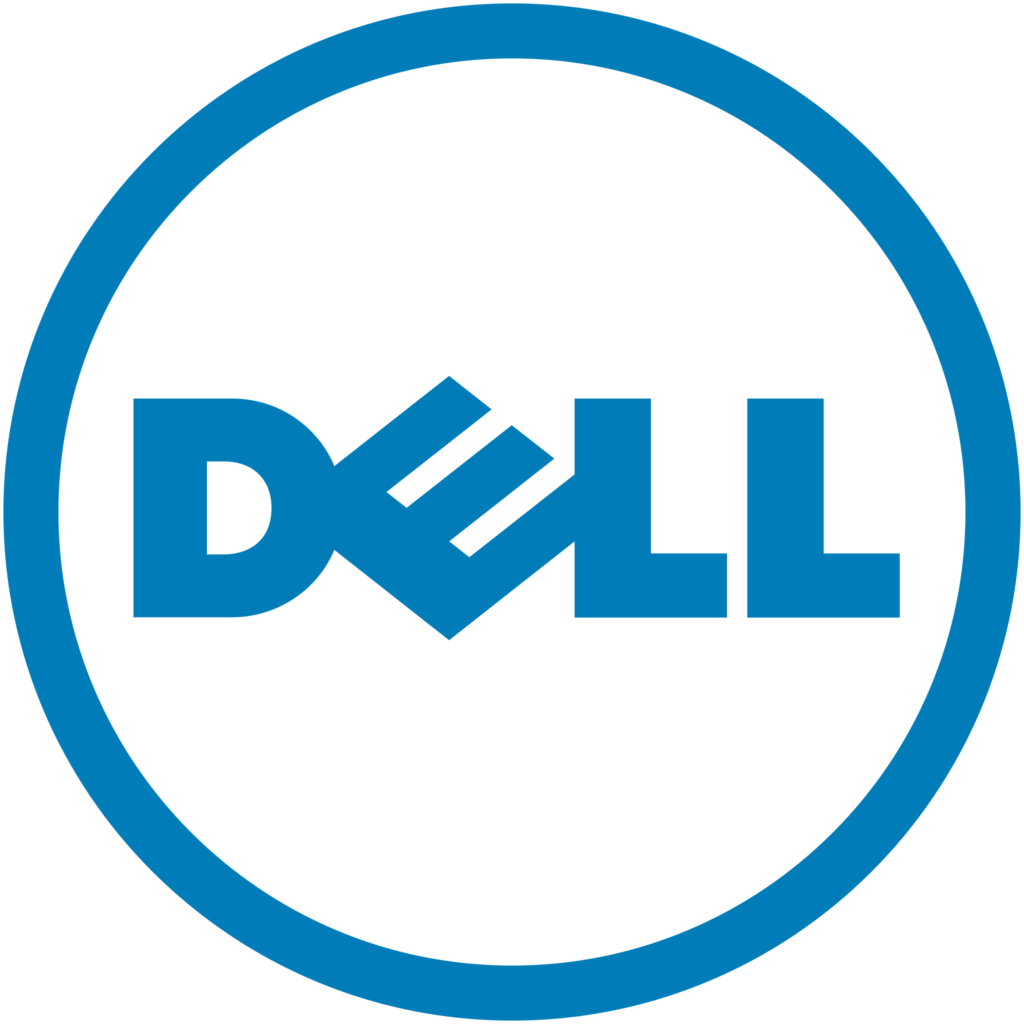

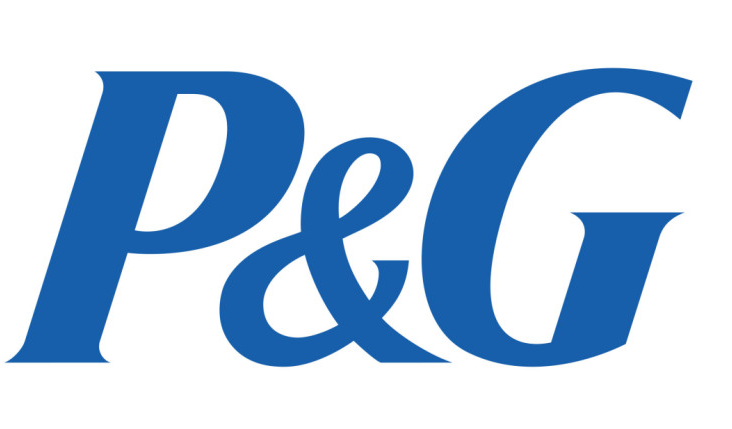
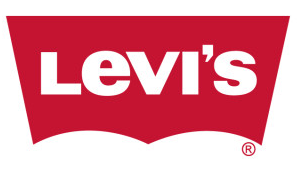
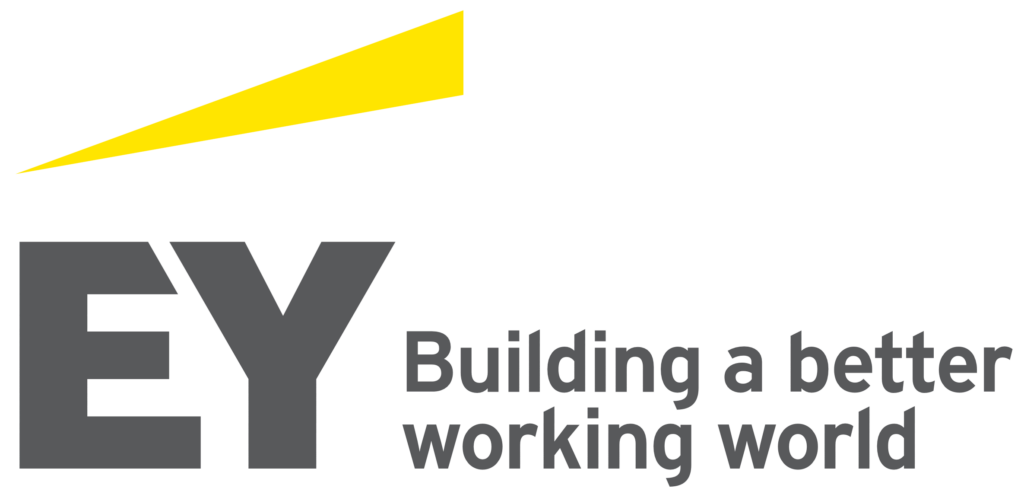


Latest Posts
quick links
join our Newsletter
Free tips, resources and tools. Elevate your leadership journey with a simple click.
